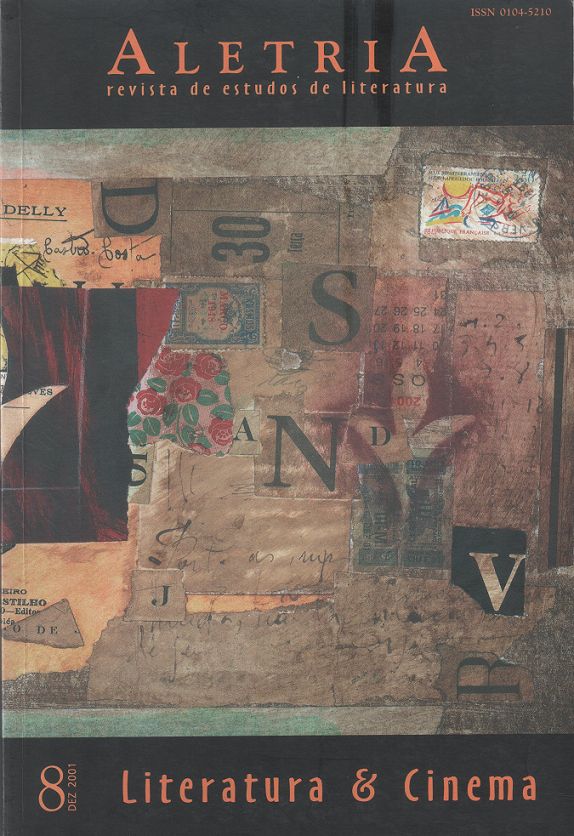O virtual que falta ao visual: uma leitura de Lisbon Story
DOI:
https://doi.org/10.17851/2317-2096.8..186-193Palabras clave:
virtual, visual, image, cinema, look.Resumen
Resumo: O filme Lisbon Story, de Wim Wenders, expõe o processo do fazer imagético e suas imbricações com o cotidiano da cidade de Lisboa. Através desse filme e de outras questões pretendo apontar que o caráter de visibilidade das imagens está carente da manifestação de sua virtualidade, ou seja, de seu potencial criativo e da força que transcende a imagem rumo à alteridade.
Palavras-chave: virtual; visual; imagem; cinema; olhar.
Abstract: The film Lisbon Story by Wim Wenders shows the process of making through images and its relationship to the everyday life of Lisbon. I intend to point out, analysing the film and other questions, that the visible character of the images is lacking the manifestation of their virtuality, that is, is lacking the creative potential and the power that transcends the image and directs itself to alterity.
Keywords: virtual; visual; image; cinema; look.
Referencias
BUCHKA, Peter. A energia da vida. In: Olhos não se compram: Wim Wenders e seus filmes. São Paulo: Companhia das Letras, 1987.
CARVALHO, Sérgio Lage. A saturação do olhar e a vertigem dos sentidos. Revista USP. São Paulo, n. 32, p. 126-155, dez/fev. 1996-1997.
DEBRAY, Regis. Vida e Morte da Imagem: uma história do olhar no Ocidente. Petrópolis: Vozes, 1994.
ISHAGHPOUR, Yossef. A modernidade no cinema. Novos Estudos Cebrap. São Paulo, n. 9, p. 56-61, jul. 1984.
LÉVY, Pierre. O que é o virtual? Rio de Janeiro: Ed. 34, 1997.
PARENTE, André. A imagem virtual, auto-referente. Revista Imagens, Campinas, n. 3, dez. 1994.
Descargas
Publicado
Número
Sección
Licencia
Derechos de autor 2001 Ângela Cristina Salgueiro Marques (Autor)

Esta obra está bajo una licencia internacional Creative Commons Atribución 4.0.
Authors who publish with this journal agree to the following terms:Authors retain copyright and grant the journal right of first publication with the work simultaneously licensed under a Creative Commons Attribution Non-Commercial No Derivatives License that allows others to share the work with an acknowledgement of the work's authorship and initial publication in this journal.Authors are able to enter into separate, additional contractual arrangements for the non-exclusive distribution of the journal's published version of the work (e.g., post it to an institutional repository or publish it in a book), with an acknowledgement of its initial publication in this journal.Authors are permitted and encouraged to post their work online (e.g., in institutional repositories or on their website) prior to and during the submission process, as it can lead to productive exchanges, as well as earlier and greater citation of published work (See The Effect of Open Access).





